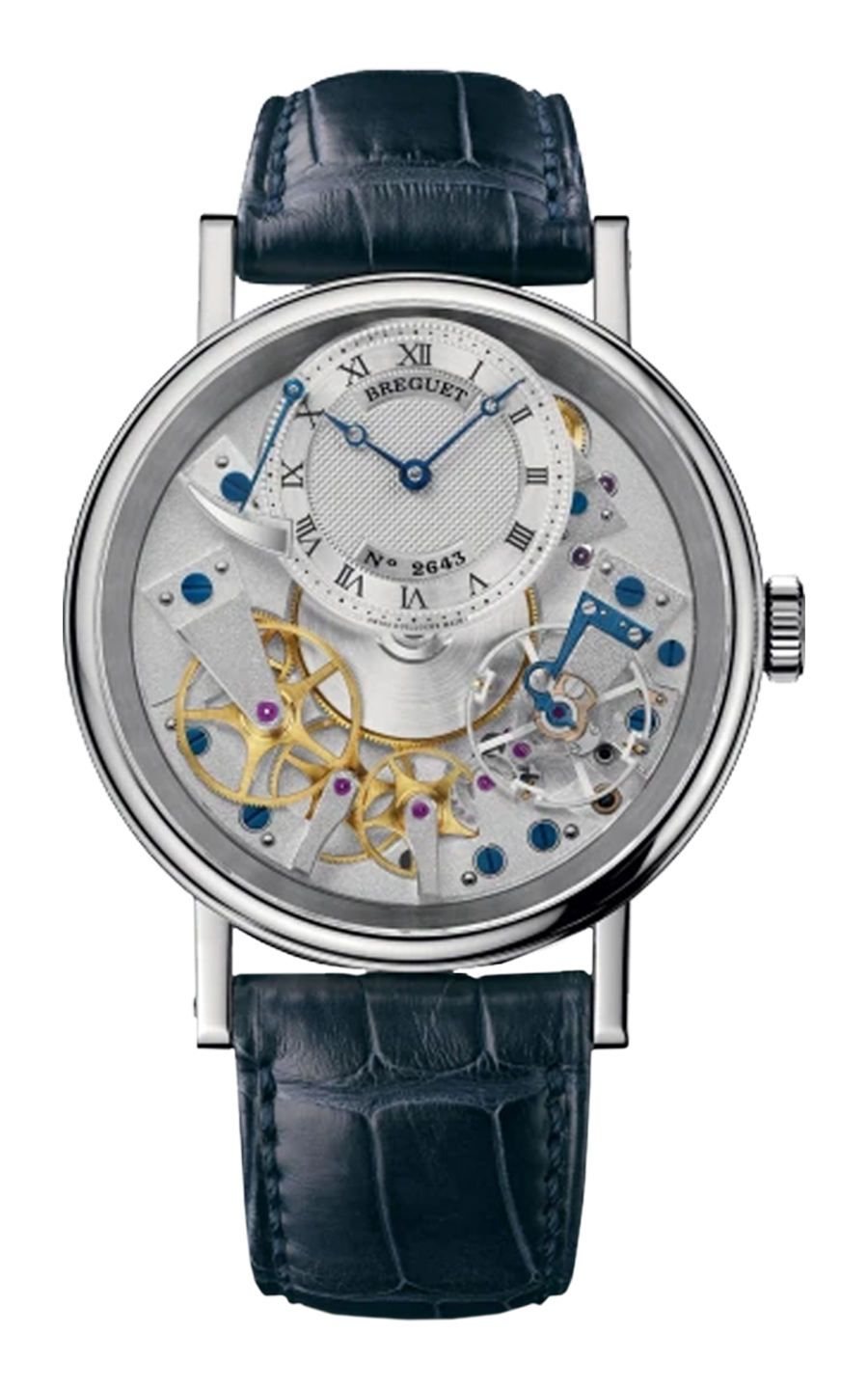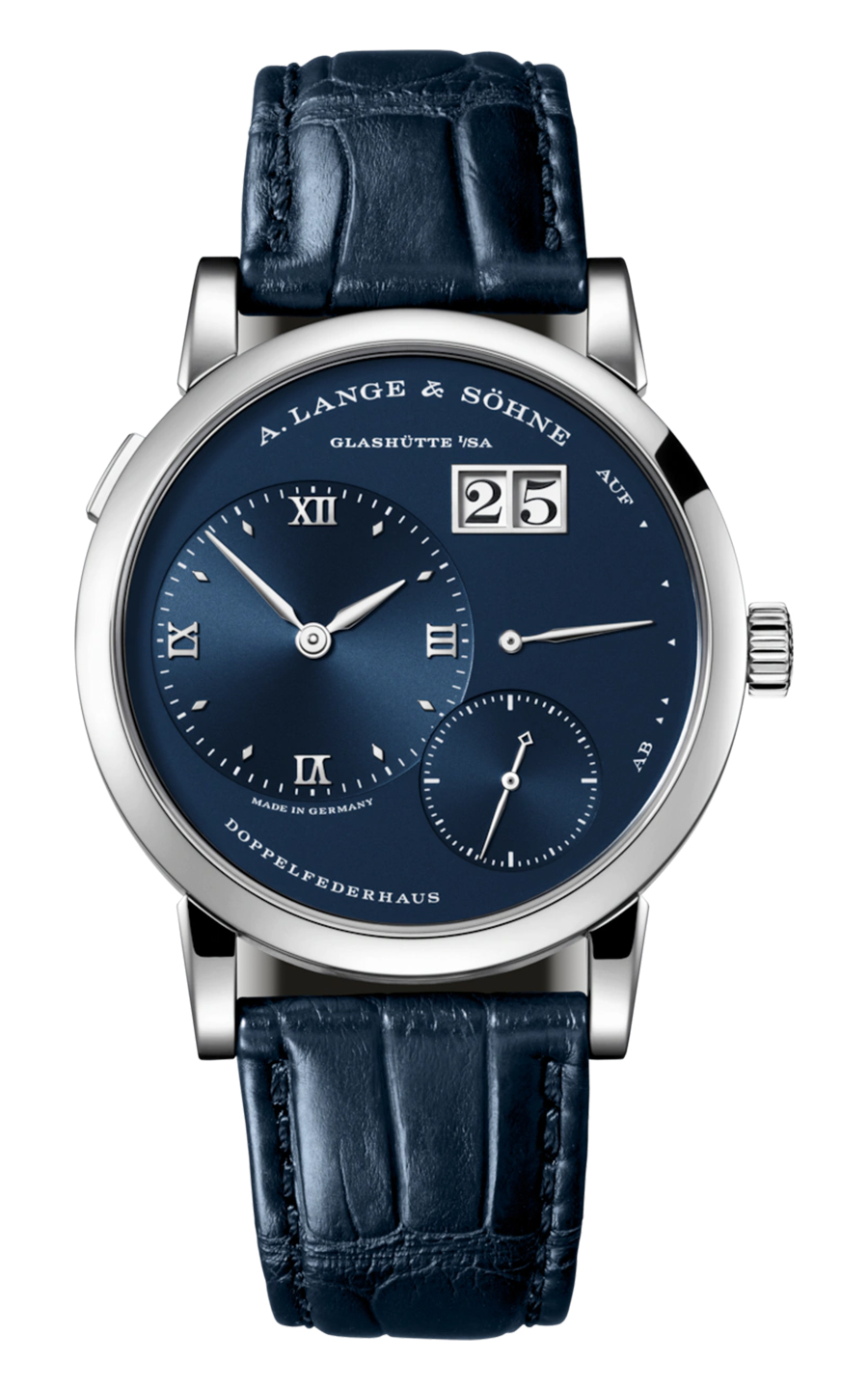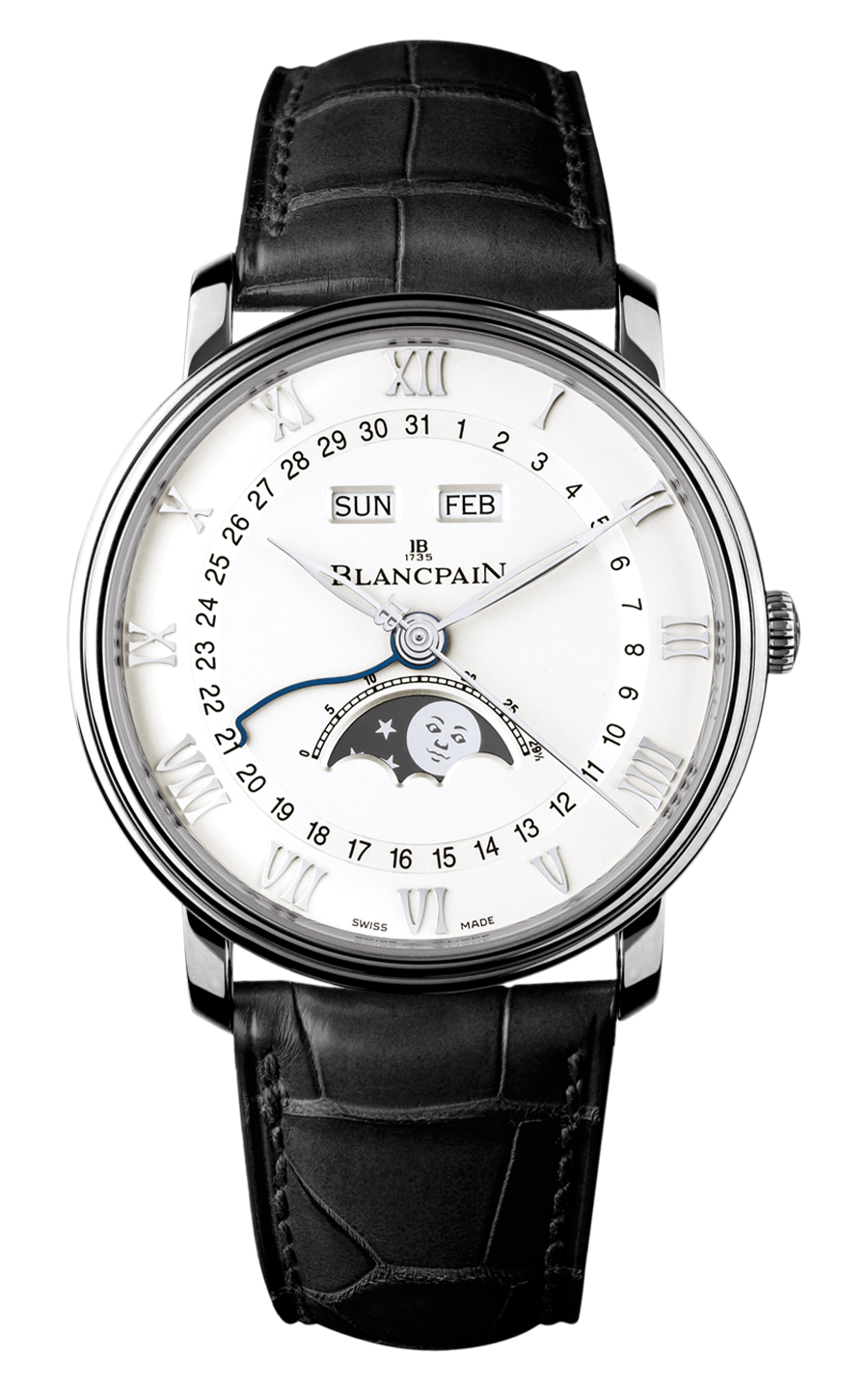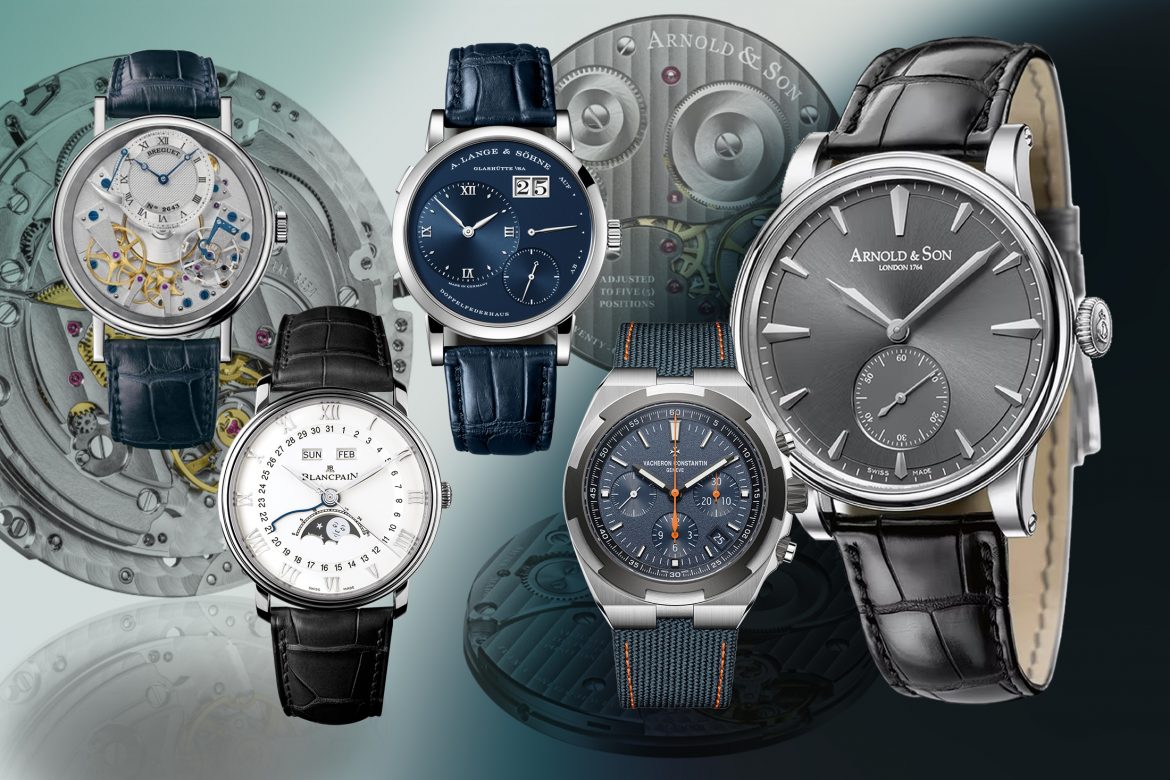The Timepiece as a Family Heirloom.
Intuitively, most would associate inheritance with a trust fund, property, jewelry, gold bars or even cash. Not often would one leave behind a timepiece as a family heirloom, but why not?
We often, as parents, say that we give our children “the gift of time”, hence, why not in the literal sense? A watch.
Would it be deluded optimism or a plain wishful romantic notion to envisage my child (who is currently wearing an Apple smart watch, with interchangeable strap), appreciating and cherishing that so-called “treasured” timepiece/s that had been on my wrist for so many decades.
Things have changed, times have evolved; children dislike it when parents use the opener “last time when I was young…”, “during my time…”, “in the old days…”, but in their defense, no one likes to be reminded of the old archaic times that would likely never happen again (or so we think) and hence, why the reminder?
In the old days (I am doing it now), a man would buy a watch to actually use it to tell time, so that he could get to work on time and not be late for meetings, appointments, job interviews and/or dates. Currently with the advent of smart phones, electronic tablets, digital displays in the car and public transport systems, the time display is pretty much everywhere, no one really needs a watch that only tells you the time.
My daughter wears the smart watch, it tells the heart rate, the number of steps taken, it tracks the flights of steps climbed, elevation gains when climbing, it receives messages from text messages and emails, it now can make calls too, it even has a camera, and a built in GPS tracking device (amazing, in case one gets into an accident or is lost in the woods), and of course, (believe it or not) it is water-resistant up to 50 meters. Hence, she might find my mechanical, finely crafted, exquisite, over a hundred-year-old watch-maker timepiece “rudimentary” for her daily usage (and let’s not even talk about accuracy, when the smart watch is always accurate while logged onto whichever local network).
The million-dollar question is, can this smart watch be passed down to the next generation? Certainly, the actual hardware (watch case) can be, but the charging interface might be different in 20-30 years’ time, moreover, the network compatibility might not work as well.
Oddly, when technological equipment becomes obsolete within 2-3 years, the smart watch manufacturers actually produced a watch made in precious metal like gold (which was priced beyond the five-figure mark). Wise? Or unthinkable? Controversial? The jury might still be out.
Perhaps my own naivety has gotten the better of me, and I have totally misrepresented my children’s generation’s (Gen Z) lackluster in my finely crafted, exquisite, over a hundred-year-old watch-maker mechanical timepiece?
These would be some of my personal selection of timepieces with significant (in my opinion) “heirloom potential” that would never be outdated. (Listed not in any preference nor merit)
 Breguet
Breguet
The very name of Breguet is synonymous with horological quality, perfection and innovation. One of the oldest watch making brands in the world (founded in 1775 by Abraham-Louis Breguet (1747-1823)), it was Abraham Breguet who invented the Tourbillon in 1801 (among other great achievements).
The Breguet Tradition 7057BB with its 40mm, 18-carat white gold case, and the open face dial is one of my favorites. The main off-centered black dial is perched at the 12 o’clock position (the fine guilloche on the dial is exquisite and flawless), with the 50-hour power reserve indicator on its side, the open face exposes its movements of the spring coil, balance spring and the escapement. What captivates me about this timepiece is the unassuming character of its open face exposing all its intricate movements, like as if it is “wearing its emotions on its sleeve” and saying what you see is what you get.
 A. Lange & Söhne
A. Lange & Söhne
As certain as I would bequeath my German Bavarian motor works vehicle and my vehicle from Stuttgart to my children, I would certainly pass on my beloved German made timepiece, from Dresden, as well. This timepiece from Dresden holds so many memories for me, from the Lange factory visit, the Semper Opera (to see the original outsized-date) to the purchase of this limited-edition blue craft Lange 1, reference 191.028.
This landmark timepiece (introduced in 1994) is flawlessly designed. The Lange 1 features an off-centre hour/minute dial on the left, a small second hand sub-dial on the lower right, an outsize date, on the top right, with a large power reserve indicator on the right rim edge, with a hidden isosceles triangle hidden within its dial, in a 38.5mm white gold, 9.8mm thick case. What captivates me is the understated, discreet and unassuming mature blue dial that also reflects the wearer’s mature, strong, stalwart character.
This timepiece is, to me, harmonious, poetic and lyrical.
 Blancpain
Blancpain
Blancpain is also one of the oldest watch-maker brands in the history of tiempieces; founded by Jehan-Jacques Blancpain, in 1735, who had very humble beginnings, he lived in a town of Villeret, Switzerland. He was born to a family of farmers, breeder of horses and cattle; he was also a school teacher, a watch maker and the mayor of the town in Villeret. His first “factory” was on the upper floor of the family’s farm house.
What is most apt, since my meandering is on timepieces as heirloom, the Blancpain family tradition of watch-making was passed down to his grandson (as his son Isaac became a school teacher), David-Louis Blancpain, who established the brand all over Germany and Europe.
This is what attracts me to Blancpain’s Villeret family of timepieces – it is one of the oldest watch brands with a very humble start, and the timepiece is named after the town he grew up in. The very first complete calendar was launched in 1983, since then, it has evolved to become one of the most good-looking (in my opinion) and clever complete calendars that exists. I own the white dial 40mm, signature double circle shiny polished bezel, with a sapphire crystal, in a 10.94mm thick steel case, calibre 6654.4. I particularly love the uniquely Blancpain-designed Roman numerals that are reflected off the inner bezel that is mirrored polished. The hands are all very different, there are the skeletonised leaf hours and minute hands, the second hand has the “IB” logo as counter-balance, and the date hand is curved and serpentine in nature. It is a very well-thought out timepiece, with the attractive moon phase display at the 6 o’clock position and an impressive 72-hour power reserve, but what viscerally attracts me most, is that the calendar function pushers are not within sides of the case; they are located discreetly beneath the under-side of the 4 lugs as tiny tabs that adjust the calendar (yay to no more toothpicks or stylus to set the calendar).
 Arnold & Son
Arnold & Son
Founded in 1764 in London by John Arnold, Arnold & Son is one of the few and oldest British watch makers in the world. It was in 1770 that one of the earliest marine chronometers were produced by John Arnold, and the first pocket chronometer in 1773. John retired in 1796, and passed the torch to his son John Roger Arnold who was sent to Paris to study watch making with the legendary Abraham Louis Breguet, good friend of John Arnold (and who says friendships aren’t important?).
It was documented in the Religious Tract Society in 1847, “…Arnold is celebrated for the manufacture of the smallest repeating watch ever known, …it was six-tenth of an inch in diameter…”, I am guessing that it was about 1.5cm in diameter.
My personal favourite would be the limited edition, manually wound, 80 hour power reserve (very impressive), ultra-thin, 40mm steel case, with the A&S1001 in-house movement HMS1. It has a distinctive, subtle and mature sunburst anthracite dial. The timepiece is simple with the second hand sub-dial at the 6 o’clock position. This collection is limited to 250 pieces world-wide (mine would be the 008/250).
 Vacheron Constantin
Vacheron Constantin
Being one of the oldest (founded in 1755) and most exquisite watch makers in the world, my heirloom would not be complete without a time piece from Vacheron Constantin. I would have to concede that I am very drawn to their Maltese Cross, it has always been a symbol of protection for me, it was used by the Knights of Hospitaller (the Order of St John) in the 16th Century, and modified as the firefighters emblem (meaning willing to lay one’s life down).
Made specially for the Mount Everest project with Cory Richards, the Vacheron Constantin limited edition (150 pieces) titanium Everest Overseas dual time is the most aesthetic, pretty yet manly time piece in the Overseas range (in my opinion). The watch is a 41mm, automatic, titanium, with a granular grey dial, with refreshing orange accents and comes with inter-changeable straps. What is most attractive to me, is the open case back that reveals the 22k golden rotor with an engraved depiction of the Mount Everest based on Cory Richard’s photograph. When you set eyes on it, you’d find it difficult to not want to put it on your wrist.
Images courtesy of respective brands featured, artwork by Curatedition. All rights reserved.
Related Links:
A. Lange & Söhne: The Odysseus Continues
Grand Lange 1: In Pursuit of Refinement
The Technical Side of the Vacheron Constantin Overseas
Blancpain Classics: Villeret 2020
Breguet 7038 & 7097: Observing New Traditions

